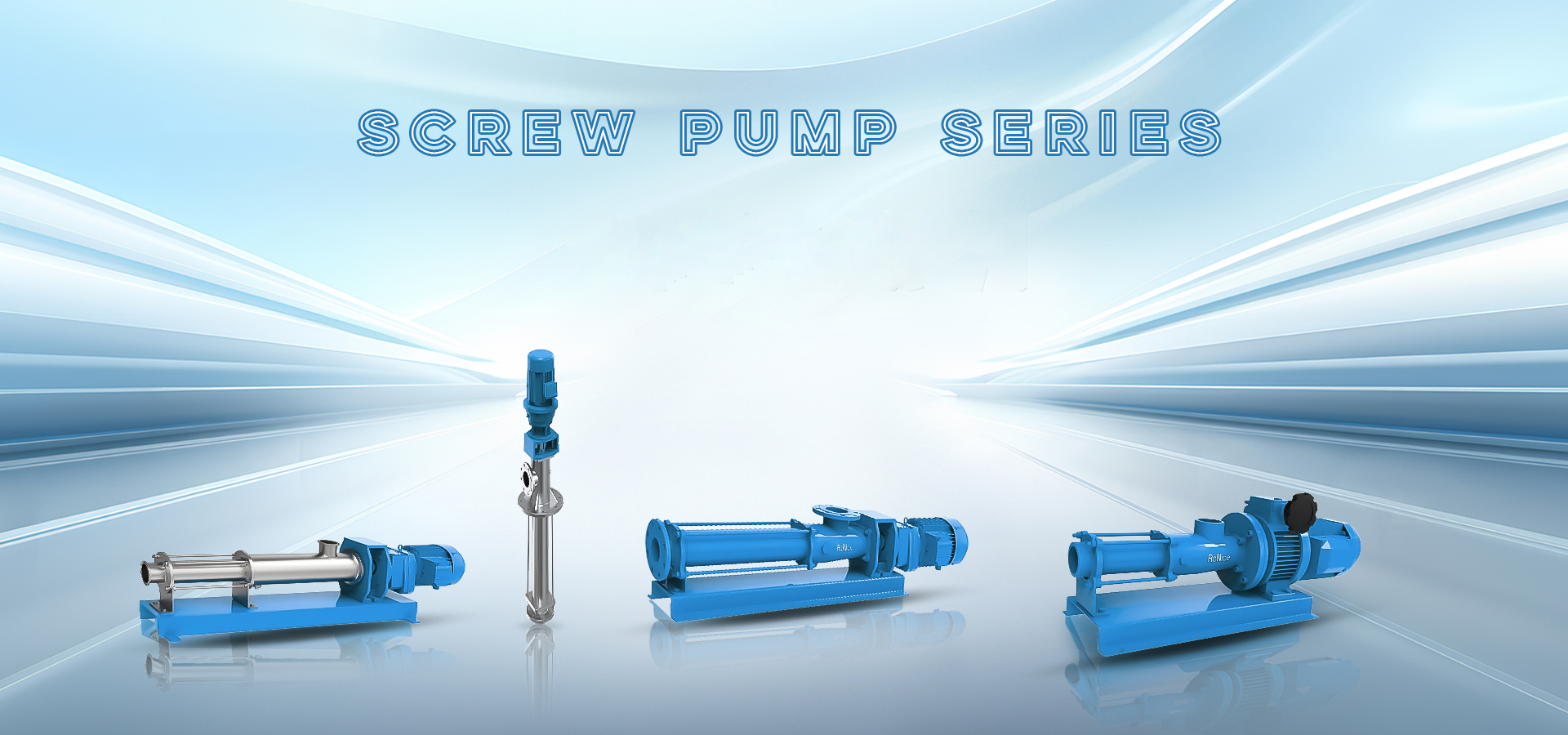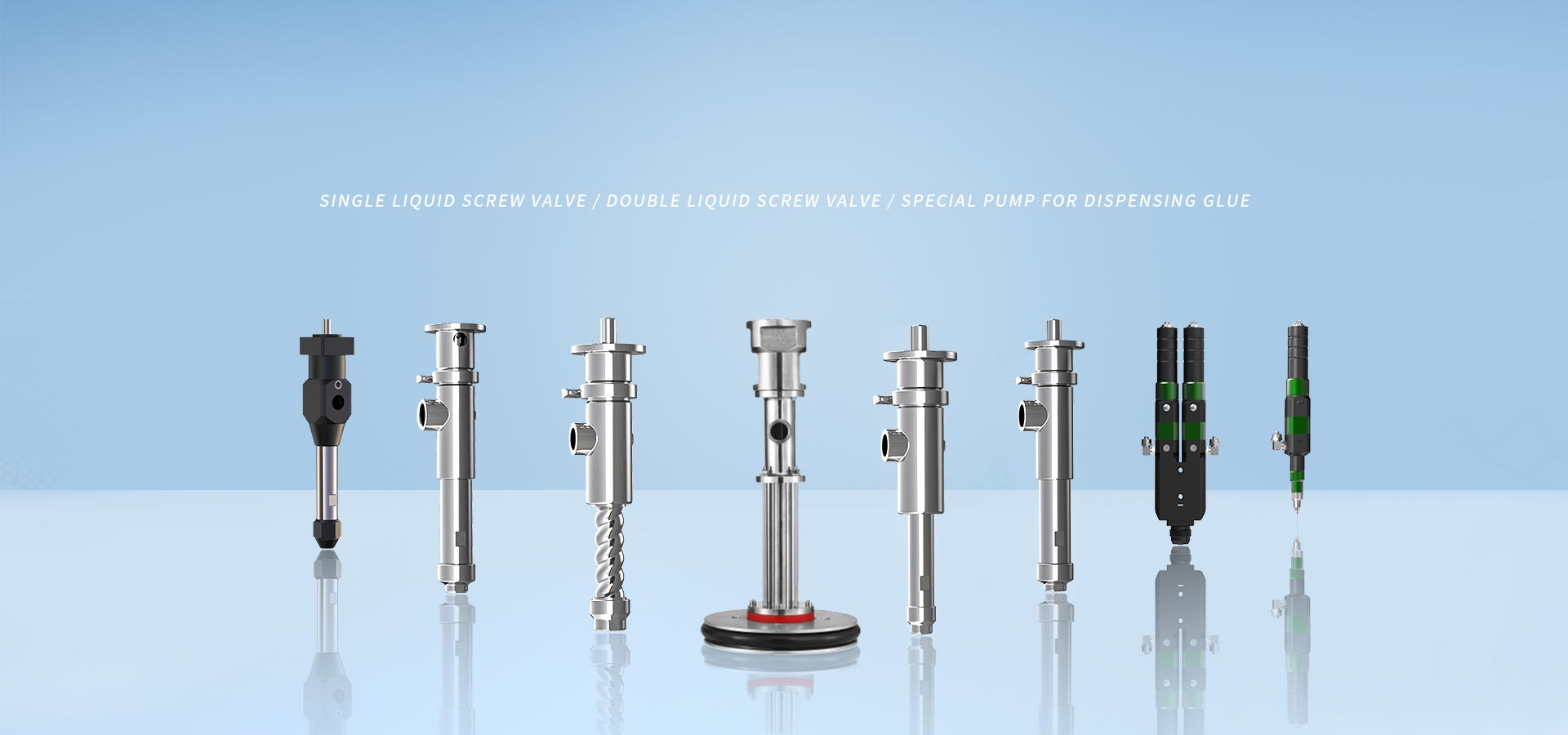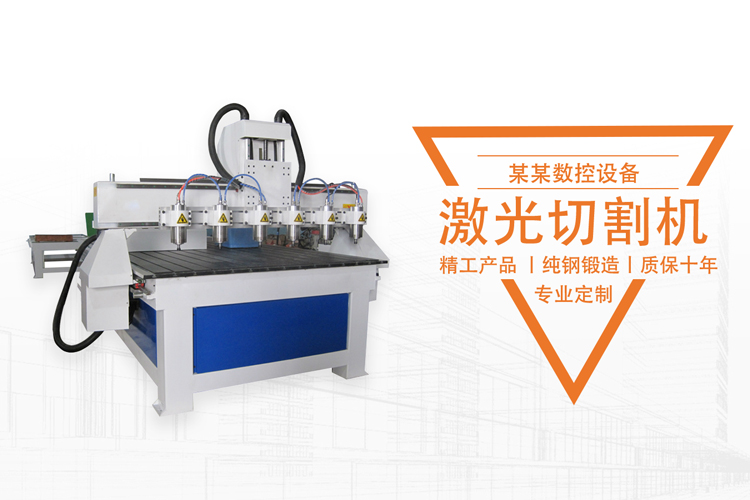Common fault analysis of screw pump
Reasons for insufficient flow of screw pump:
1.Screw pump inlet flow is small: screw pump inlet flow is less than the amount of drainage, resulting in insufficient screw pump flow phenomenon. The solution is to increase the flow of the screw pump inlet.
2. The sealing problem of the inlet pipe: the pipe joint or the pipe itself is poorly sealed, resulting in insufficient pressure, which affects the flow rate. New piping should be replaced or air leaks repaired.
3. Import and export filter blockage: the inlet pipe or filter blockage leads to insufficient flow. The blockage needs to be cleared.
4.Rubber sleeve damage: rubber sleeve due to idling or not suitable for the liquid medium damage, and screw pump shaft clearance increases, affecting the flow. Appropriate rubber sleeves should be replaced.
5. Motor speed reduction: motor speed reduction affects the flow, especially when conveying liquid with large viscosity. It is recommended to consult the manufacturer to adjust the speed or replace the motor.
6.The selection is not correct: the selection does not consider the specific gravity or viscosity of the liquid, resulting in insufficient flow. Need to re-select.
Causes of motor overheating:
1. Overload operation: Flow, head exceed the design requirements, should be selected according to the series spectrum suitable motor.
2. The proportion of the medium exceeds the standard: The proportion of the medium exceeds the motor configuration, and a suitable screw pump motor needs to be configured.
3. The packing gland is too tight or the mechanical seal is too tight: The spring compression of the gland or the mechanical seal should be readjusted.
4. Poor assembly quality: If the friction or motor and pump shaft through the heart, should check the assembly quality, eliminate the assembly fault.
Pump pressure deficiency analysis:
The pressure at the discharge of a screw pump is usually determined by the resistance of the system to the fluid flow provided by the pump. When the screw pump pressure is insufficient, the possible reasons include:
1. Insufficient flow: The pump fails to provide the expected flow rate, which may be caused by internal wear, damage or too low drive speed.
2. Fluid resistance problems: The system fails to provide the expected fluid resistance, such as cavitation or low pressure at the entrance, which may limit the entry of the fluid.
3. Noise and vibration: When the pump is running noise and vibration, there may be problems inside the pump, such as bearing wear, rotor imbalance, etc.
4. Flow detour: The pump flow may not correctly enter the expected system, but detour. This can be caused by the valve of the discharge system not being closed properly, improperly installed, damaged or worn.
5. Valve problems: The pressure reducing valve, branch regulator, bypass valve, etc. In the system may be lost, worn or damaged, resulting in fluid flowing from an unexpected path.
On-site inspection steps:
1. Check branch interference: First confirm that there is no branch interference or the pump has been corrected.
2. Pump rotation: Try to use the hand or with the help of tools to make the pump smooth rotation, if the rotation is difficult, may indicate that there is a problem inside the pump.
3. Visual inspection: Remove the pump stator, check the internal condition of the pump and the rotor condition, to see if there is obvious wear or damage.
4. Valve inspection: For the key valves in the system, such as pressure reducing valve, branch regulator and bypass valve, local disassembly, check the valve seat surface, valve seat seal and spring and other parts of wear and damage.
5. Drive device check: Ensure that the speed of the pump drive device has been reached, and the pump shaft is rotating at the correct speed.
Note: For the start-up of a new system, the above checks are especially important to ensure that the system can operate at the correct speed and achieve the expected pressure output.

















